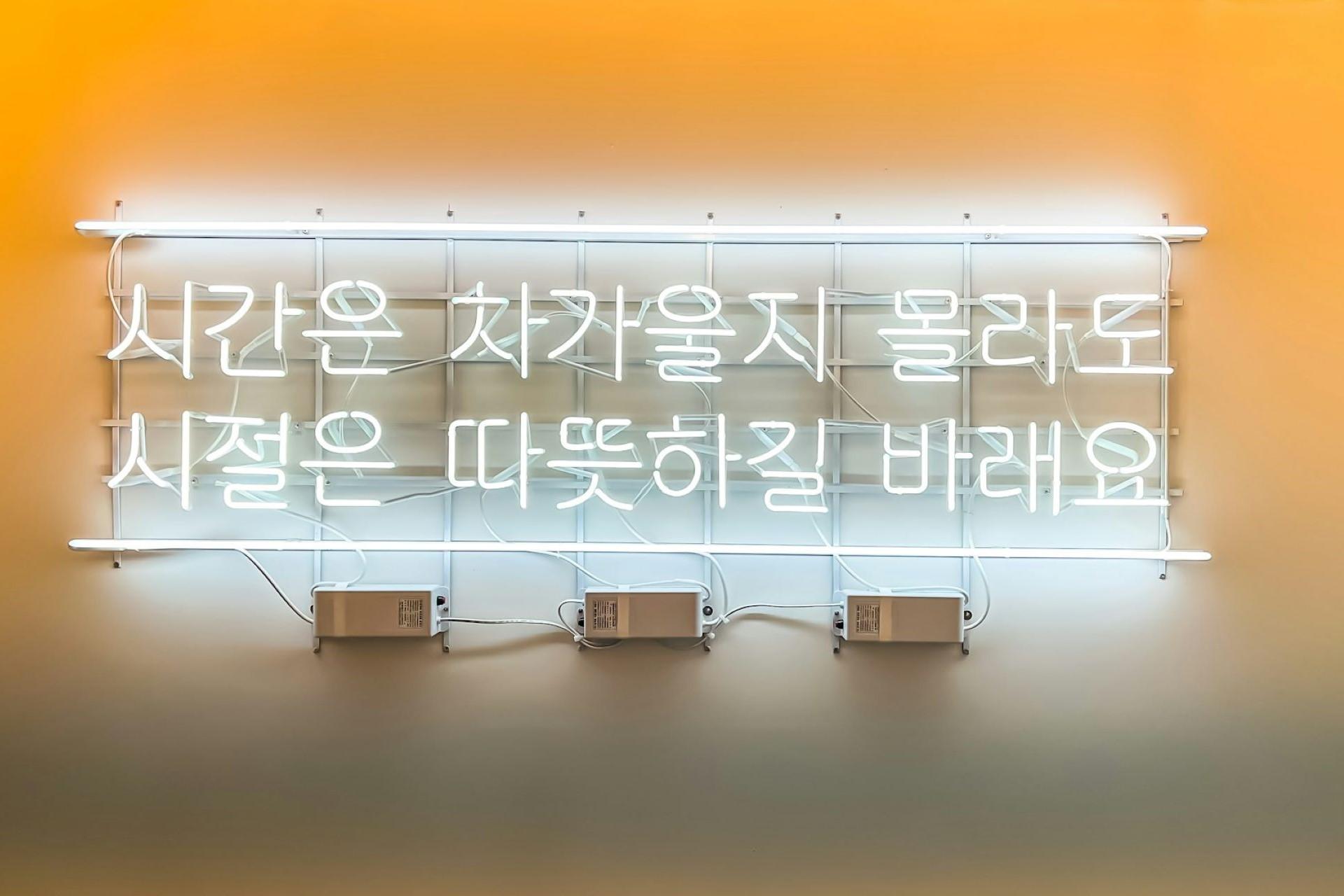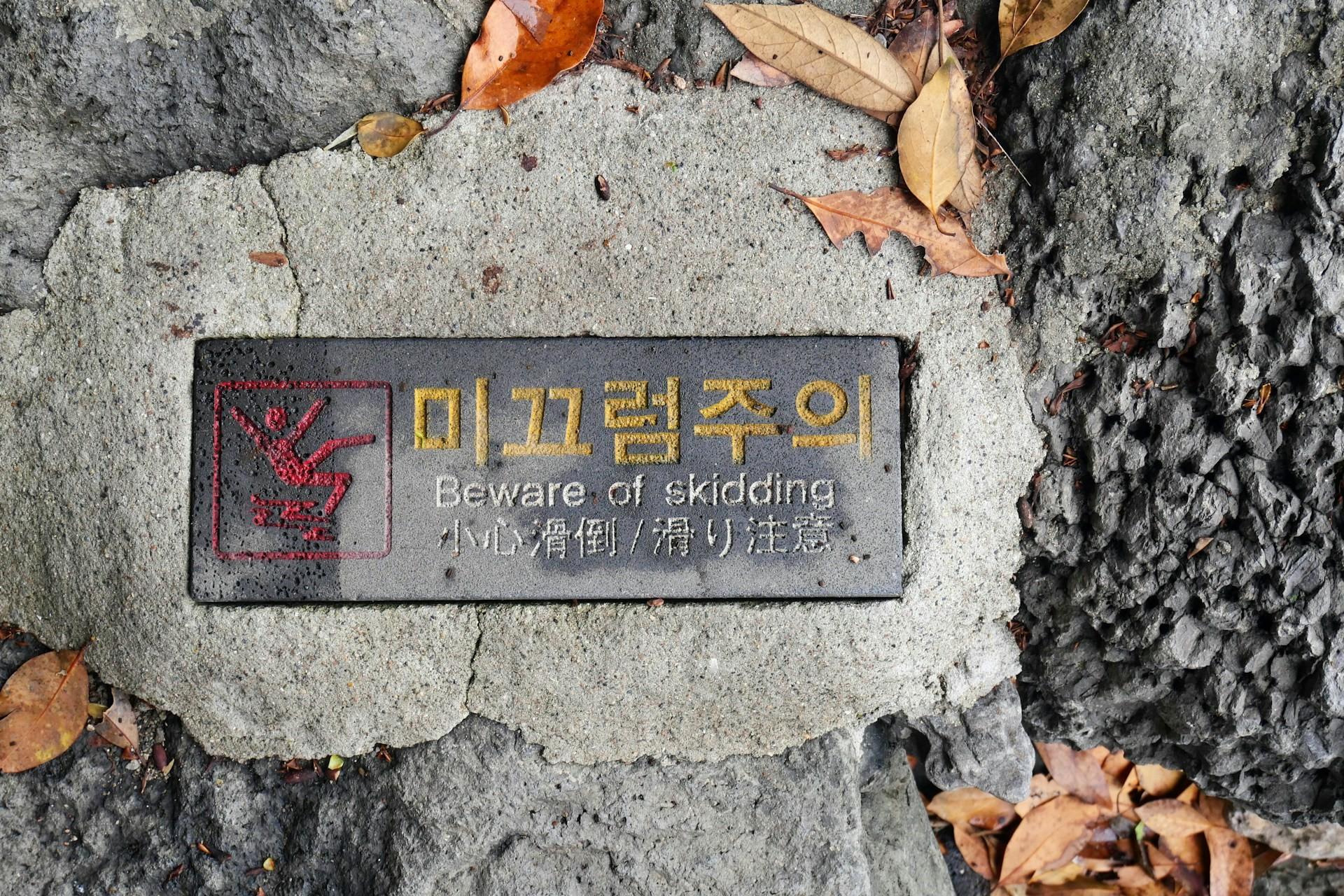The Korean language is spoken by over 80 million people around the world, but mostly on the Korean peninsula in South Korea and North Korea.
If you've ever seen Korean written down, you'll realise that the alphabet isn't the same as the one used in English. In English, the written form uses the Latin alphabet whereas Korean uses Hangul or Chosŏn'gŭl.
In this article, we'll be looking at the history of this writing system, its features, and the best ways to go about learning Hangul.

The History of the Korean Alphabet
While spoken languages naturally occur as people speak to one another and attempt to communicate, writing systems need to be created.
The story of the Korean alphabet is a fascinating one. Before Hangul existed, Chinese characters were used for writing Korean. Hangul was created by Sejong the Great, the fourth king of the Joseon dynasty.
The king designed the Hangul writing system to reduce illiteracy amongst Koreans and it was suggested that it would take anywhere between one and ten days for any person to learn it.
In 1443, the Hunminjeongeum ("The Correct Sounds for the Instruction of the People") was published. In South Korea, October 9th is celebrated as Hangul Day to coincide with the exact date of publication.
The alphabet wasn't immediately adopted, though, and it was common for scholars to continue using the Classical Chinese writing system as the new and simple Hangul writing system was looked down on by the educated elites.
Between the 16th and 19th centuries, Hangul would slowly but surely be adopted by Korean commoners as it was (and still is) an incredibly simple, accessible, and genius writing system.
The Japanese occupation of Korea in the early 20th century until the end of the Second World War hindered Hangul's progress as there were efforts by the Japanese to suppress the Korean language as well as many other aspects of Korean culture.
Once Korea gained its independence from Japan, Hangul was officially adopted as the writing system for Koreans in both North Korea and South Korea.
Nowadays, Hangul is an integral part of Korean culture as the writing system is exclusively used for the Korean language, has helped promote literacy in South Korea, and gained praise from linguists for its efficiency as a writing system.
The Basics of the Korean Alphabet
So what makes this writing system so special?
Firstly, Hangul is phonetic. Each of the letters represents a specific sound that's used in the Korean language. Unlike Classical Chinese which was used before Hangul, the characters don't represent ideas or entire words.
If you take Korean lessons, the writing system will be one of the first things you'll encounter.

Each character in the Korean alphabet represents a syllable and this was by design. The fact that Hangul was created specifically to be understandable by commoners is evident in its design.
Hangul is made up of just 24 basic characters (14 consonants and 10 vowels) which can be combined to make different syllables. While the letters in the English language can often be pronounced in different ways (like “tough” and “though”, for example), once you learn Hangul, you'll always know the pronunciation.
Consonants in the Korean Alphabet
In Hangul, there are 14 consonants (known in Korean as jaeum). Keep in mind that the pronunciation equivalents we've provided are only approximative and use the closest sound for the pronunciation in English.
Romanising Asian writing systems is quite a common practice for helping people whose native languages use the Latin alphabet, but once you've started to get to grips with Hangul, you should be able to move away from it.
For the time being, here are the main consonants in Hangul.
- ㄱ - g/k
- ㄴ - n
- ㄷ - d/t
- ㄹ - r/l
- ㅁ - m
- ㅂ - b/p
- ㅅ - s(/t)
- ㅇ - ng
- ㅈ - j/ch
- ㅊ - ch(/t)
- ㅋ - k
- ㅌ - t
- ㅍ - p
- ㅎ - h
The Vowels in the Korean Alphabet
While we did say that the Korean alphabet has just 10 vowels, we've sort of tricked you because there are 10 basic vowels and 11 double vowels.
Let's start by looking at the 10 basic vowels.
- ㅏ- a
- ㅓ- eo
- ㅗ - o
- ㅜ - u
- ㅡ - eu
- ㅣ - i
- ㅑ - ya
- ㅕ - yeo
- ㅛ - yo
- ㅠ- yu
After these basic vowels, you also have the double vowels to learn. Here they are:
- ㅐ - ae
- ㅔ - e
- ㅒ - yae
- ㅖ - ye
- ㅘ - wa
- ㅙ - wae
- ㅚ - oe
- ㅝ - wo or weo
- ㅞ - we
- ㅟ - wui
- ㅢ – ui
Once you've learned all of your consonants and vowels, you're now ready to start putting together syllable blocks.

Practising Writing Using the Korean Alphabet
It wouldn't be fair to call the parts of the Korean alphabet letters since they don't function in the same way as the letters in our alphabet do.

Instead, Hangul is made up of characters or symbols and rather than simply going from left to right and reading the symbols like we do with letters in the English language, the symbols are packed into blocks representing each syllable.
There's a system for putting these syllable blocks together and it's unlikely that you'll get it right as you can use combinations of 2, 3, or 4 of the symbols we saw earlier.
- If you have 2 symbols, then you have to have a consonant and then a vowel.
- For 3 symbols, we go consonant, vowel, and consonant.
- 4 symbols are made up of a consonant, vowel, and double consonants.
Syllable blocks always begin with a consonant and end with a consonant, except for blocks with two symbols, which are simply a consonant and then a vowel.
If you plan on writing a syllable block, first start by choosing your consonant. After that, you need to work out the position of the vowel. Vowels in Hangul are classified as either initial, medial, or final vowels.
- Initial vowels appear to the right of the initial consonant if there is one or on their own if there isn't.
- Medial vowels are placed under an initial consonant.
- Final vowels are placed to the left of an initial consonant.
You should also consider learning some useful Korean words and expressions.
Practising Reading Using the Korean Alphabet
Learning by doing is arguably the best way to get better at any skill but with writing in Hangul, it can help to see examples.

Practice makes perfect but before you start trying to create syllable blocks in Hangul, consider doing reading exercises. These will help you familiarise yourself with each of the symbols and start seeing how the syllable blocks are put together.
There are plenty of language learning apps out there that can help you with your practice, but if you're after something more tactile, consider buying Hangul flashcards or even making your own.
It may seem silly, but if you're an absolute beginner, it can help to read things made for beginners. This may involve reading basic children's books in Korean as you get used to the writing system.
Not only will children's books include very basic language and easy-to-read sentences, but the stories themselves aren't usually very complex, making them much easier for beginners to understand.
If you feel silly reading children's books, though, there are also plenty of reading exercises and basic books in Korean for adults and learners of the language.
Good Habits for Learning Hangul and the Korean Language
It can help to think of your brain like a muscle. Regular exercise can help but you also need to rest it from time to time.
When learning Korean or studying Hangul, little and often is better than trying to cram as much learning as possible into long study sessions.
Sleeping well and living a healthy life can also help you get the most out of your studies. You'll find that if you're eating well, exercising, and getting enough sleep, you'll learn much more Korean when you sit down to study it.
If you're teaching yourself, you need to be disciplined and driven, too. When you learn the easiest parts of Korean, it's very easy to stay motivated, but it's a difficult language and it can take up to two years of regular study to speak the language to a good level.
Your motivation will likely wane at points and if you find yourself struggling, don't forget you can get help with your Korean by attending Korean classes or hiring a private Korean tutor.

There are plenty of Korean tutors on the Superprof website across New Zealand and around the world. Browse their profiles, see how much they charge, and read the reviews left by their other students.
Many of them offer the first lesson for free so try a few out before you choose the one that's right for you and your language learning goals!
From your first few lessons, you'll get the opportunity to learn basic Korean expressions, honorifics and how they're used and how to count in Korean.















